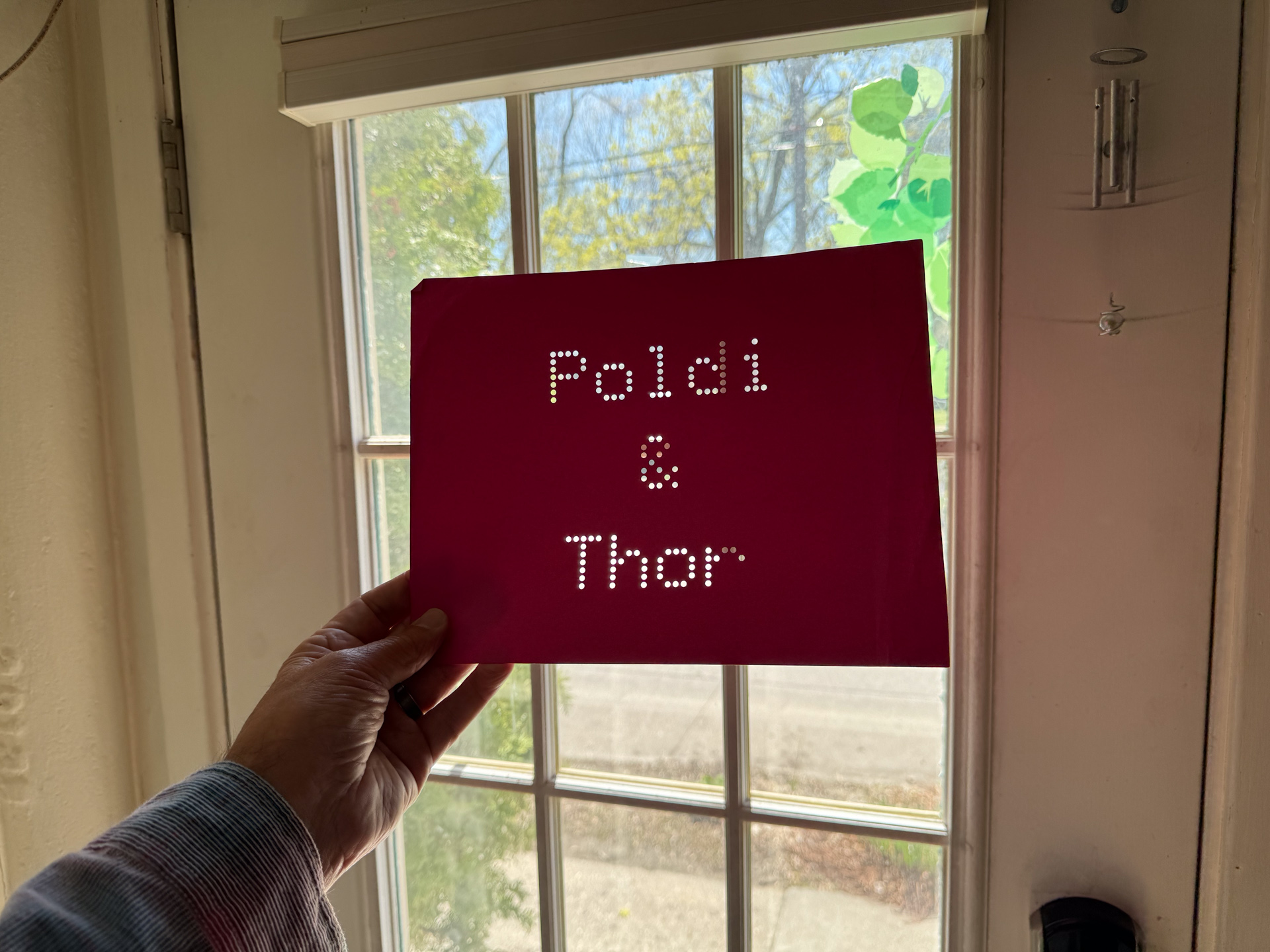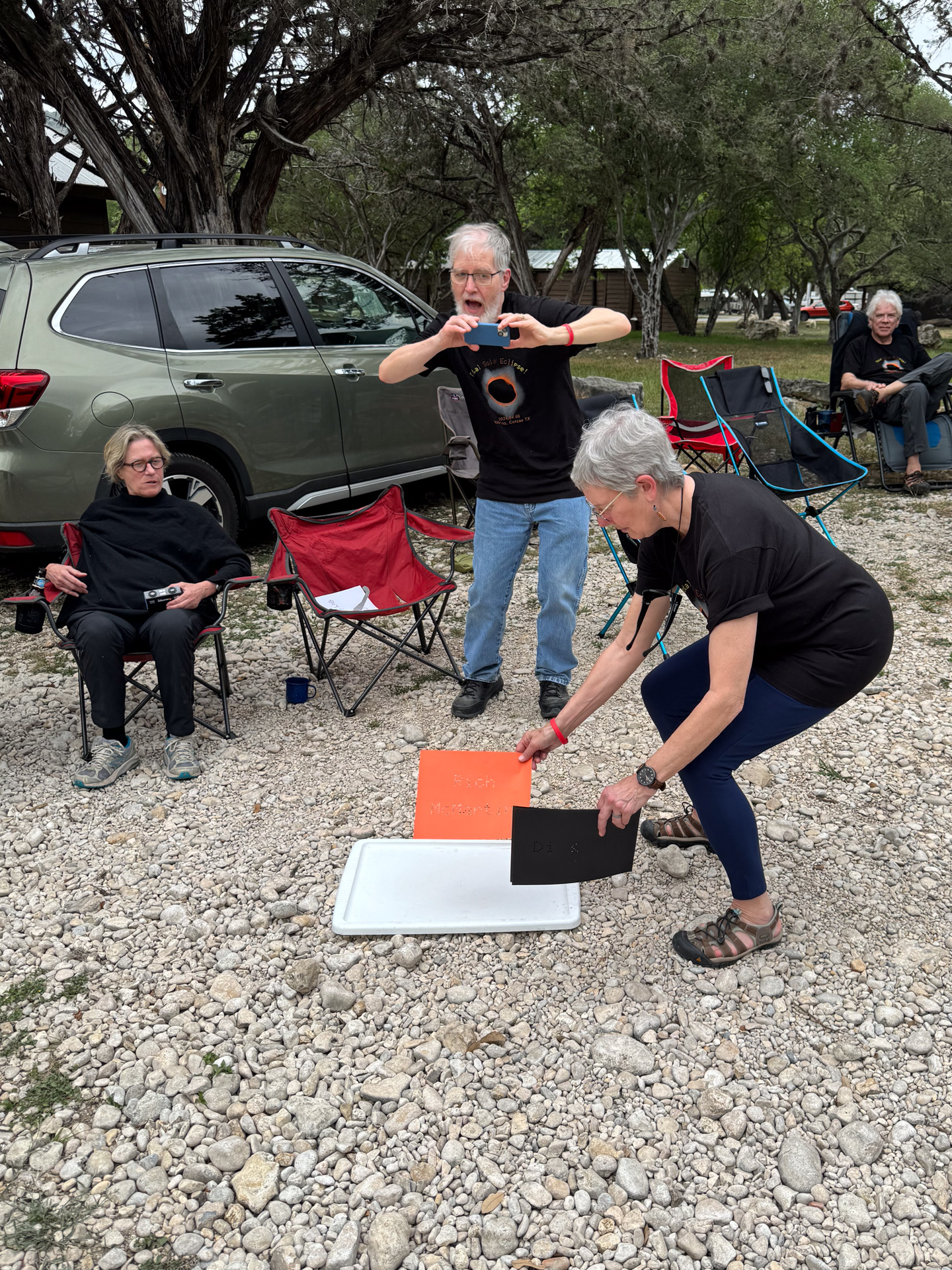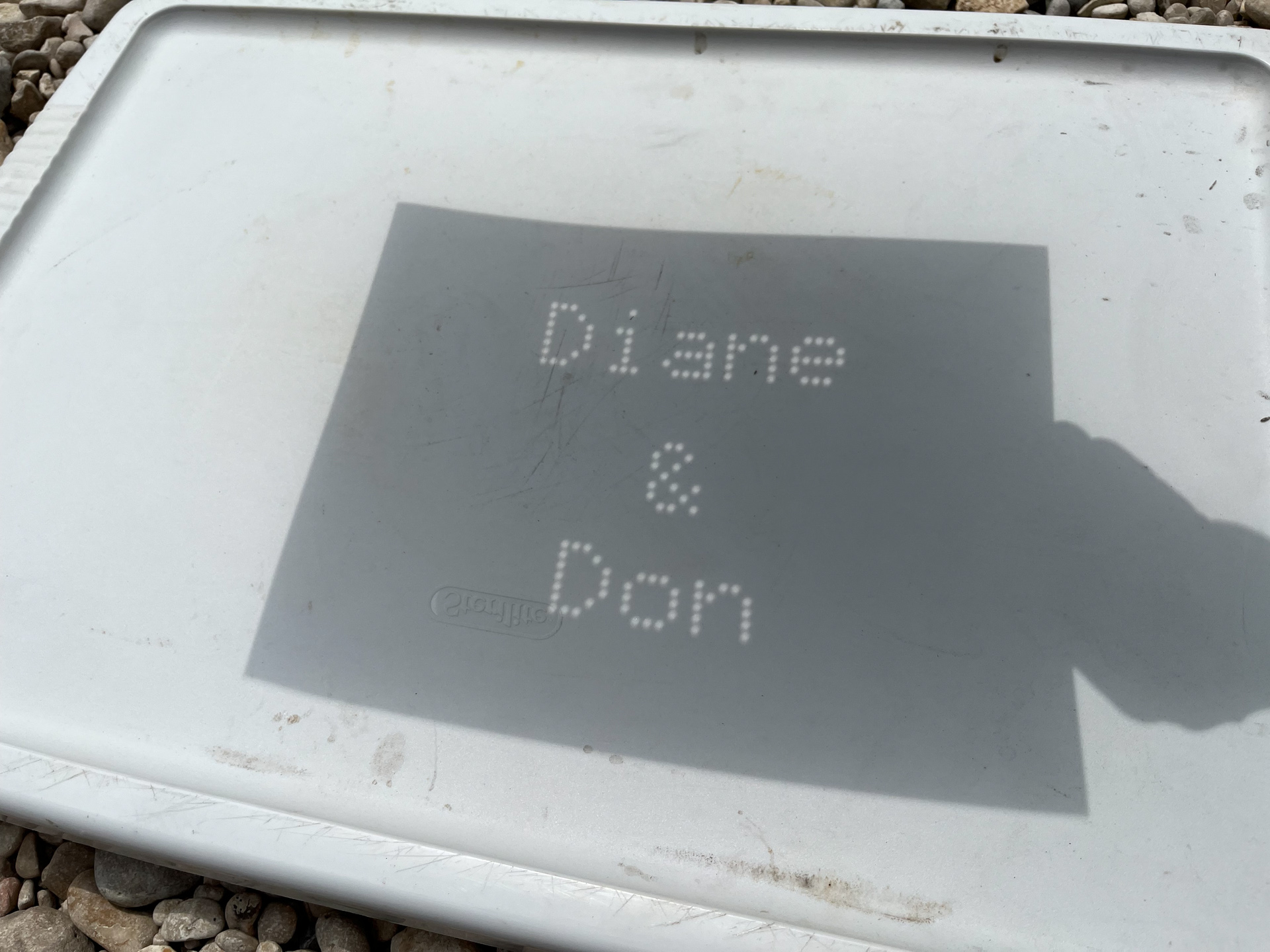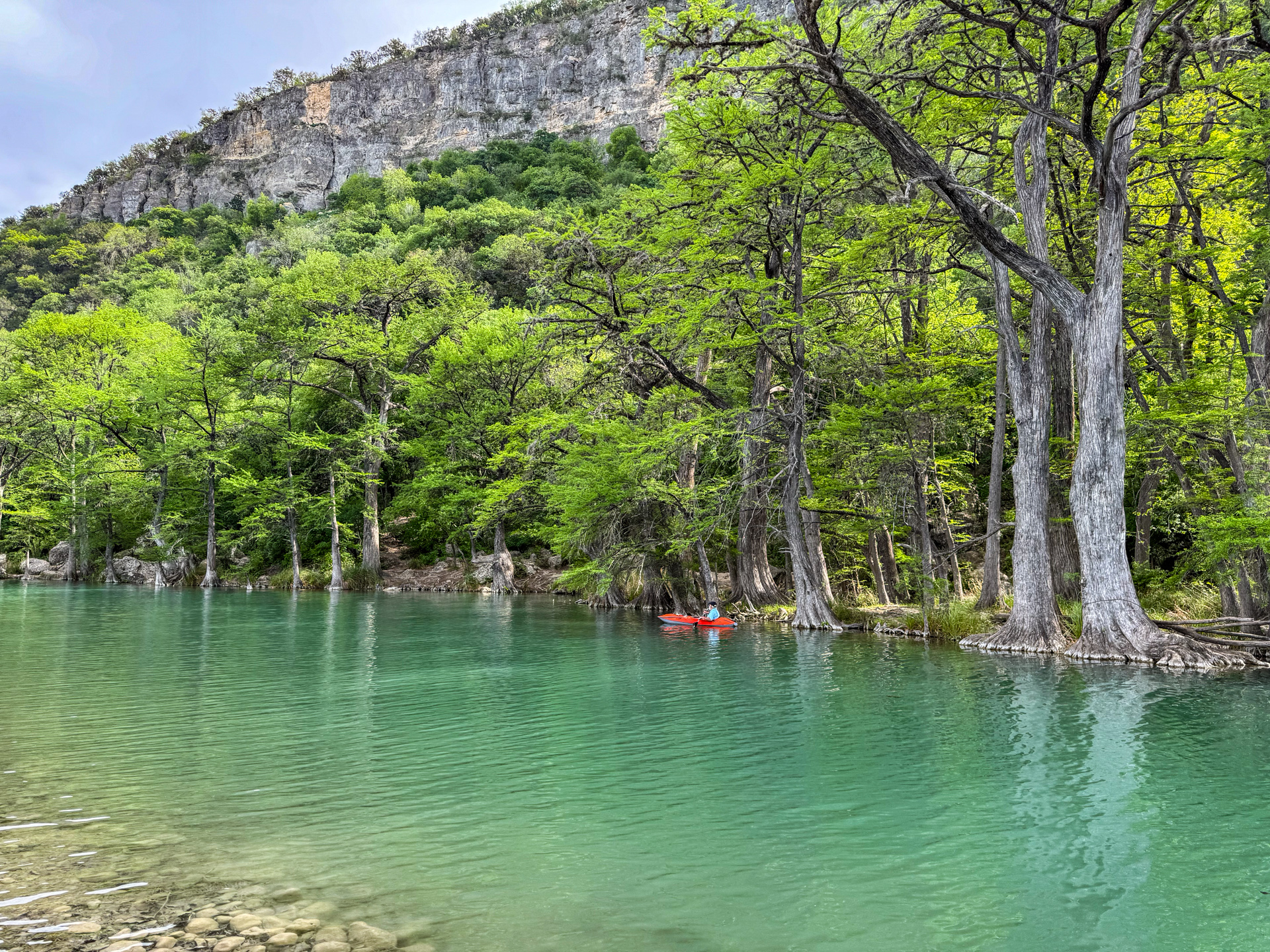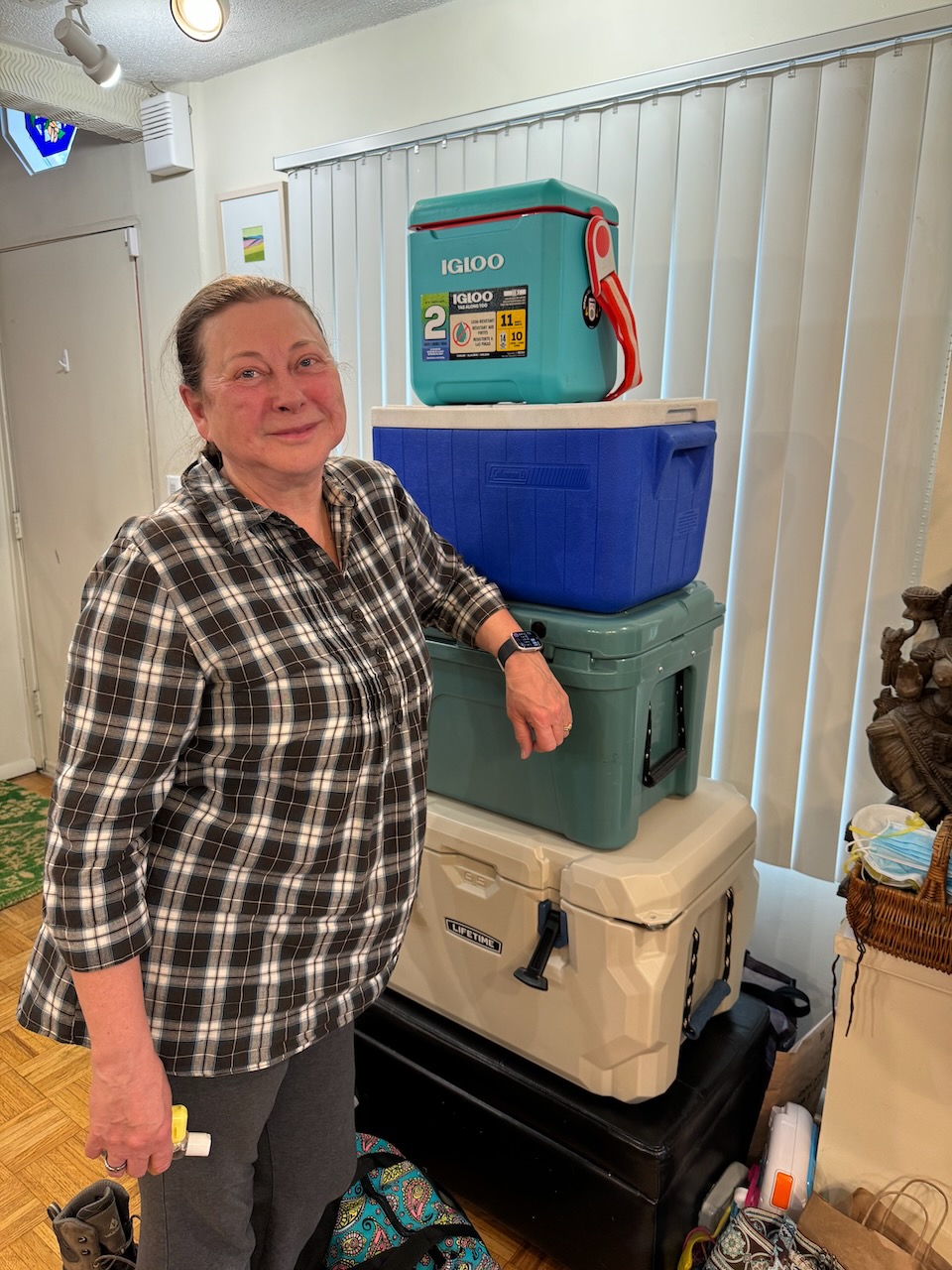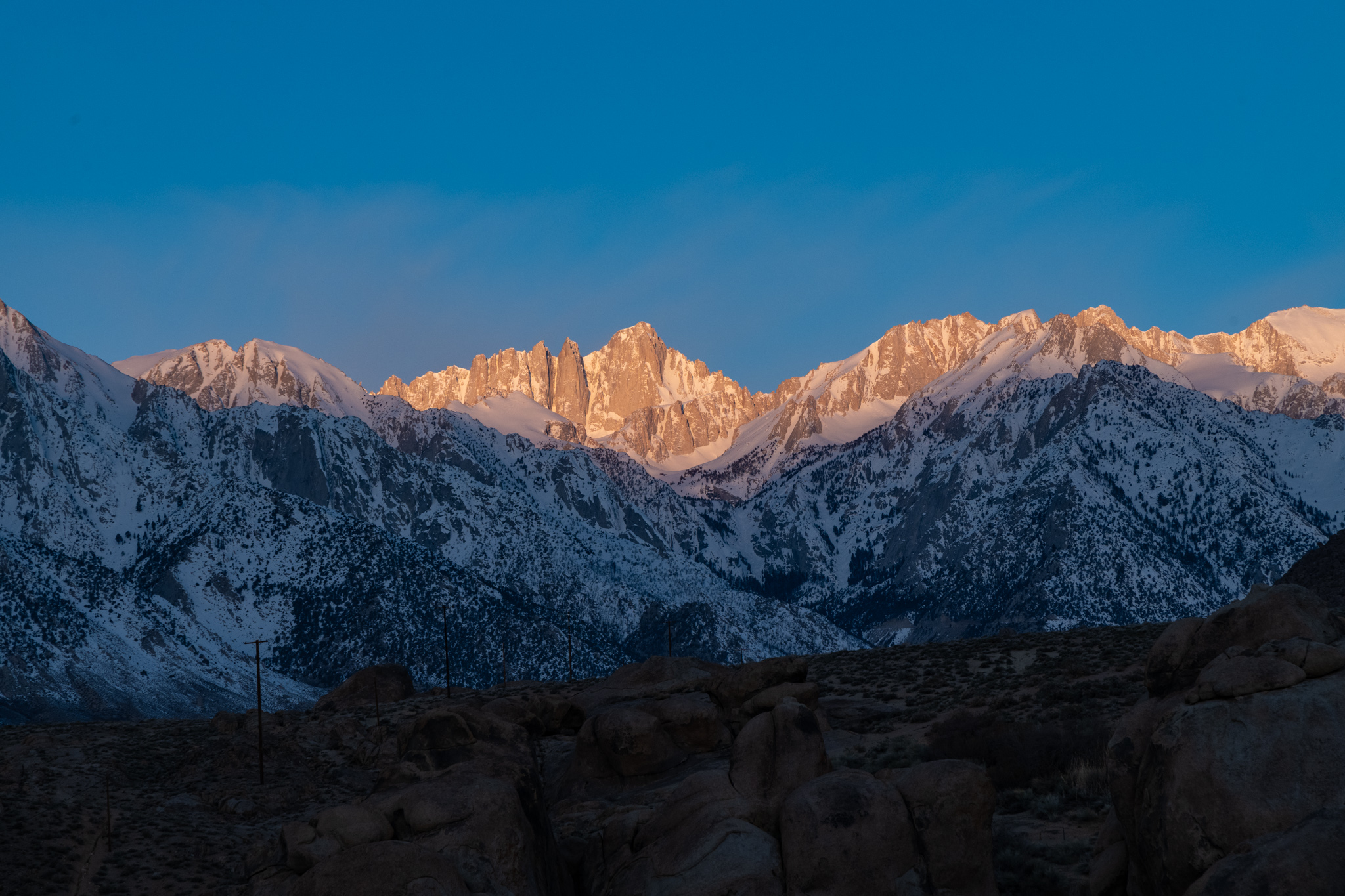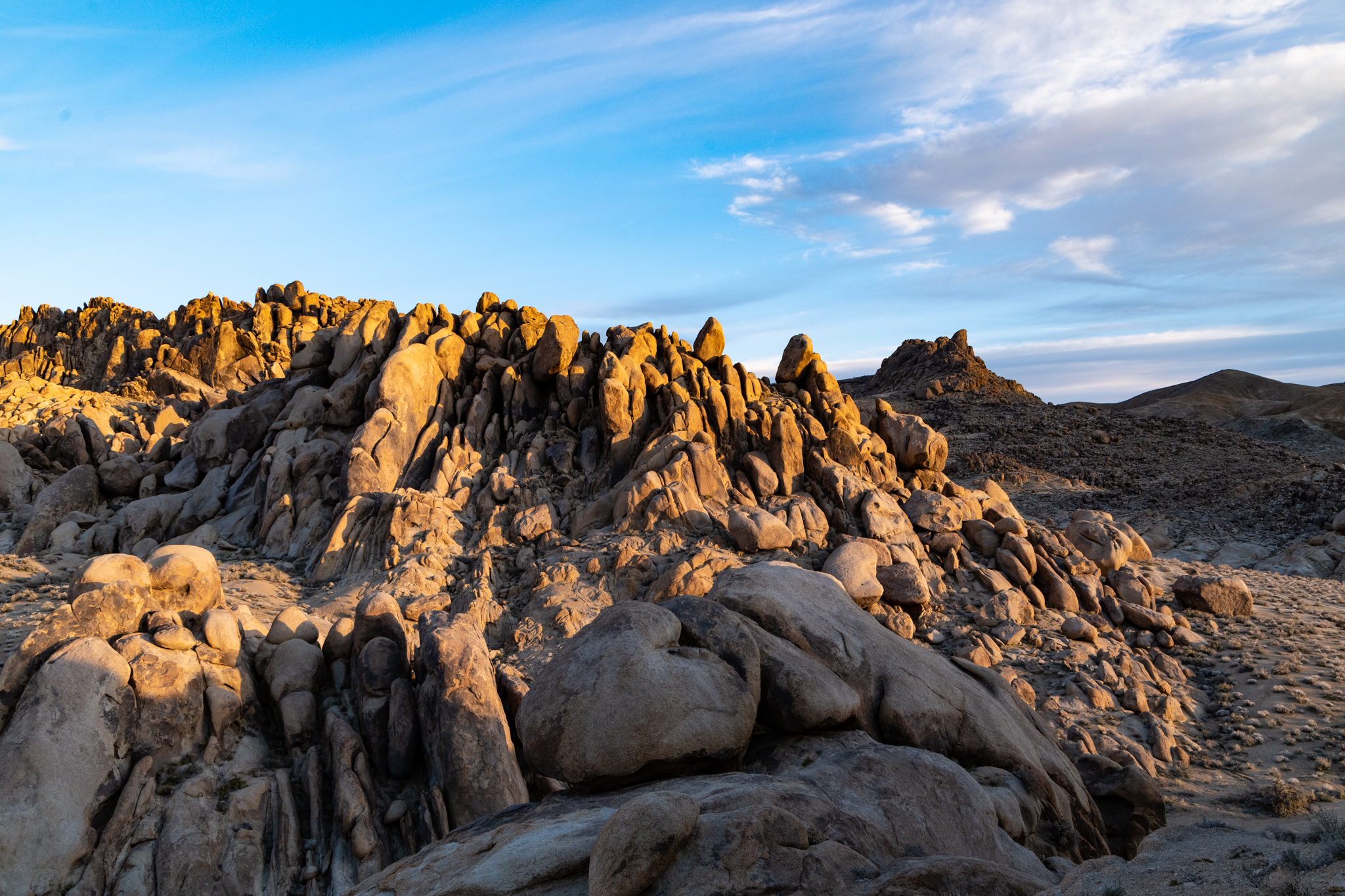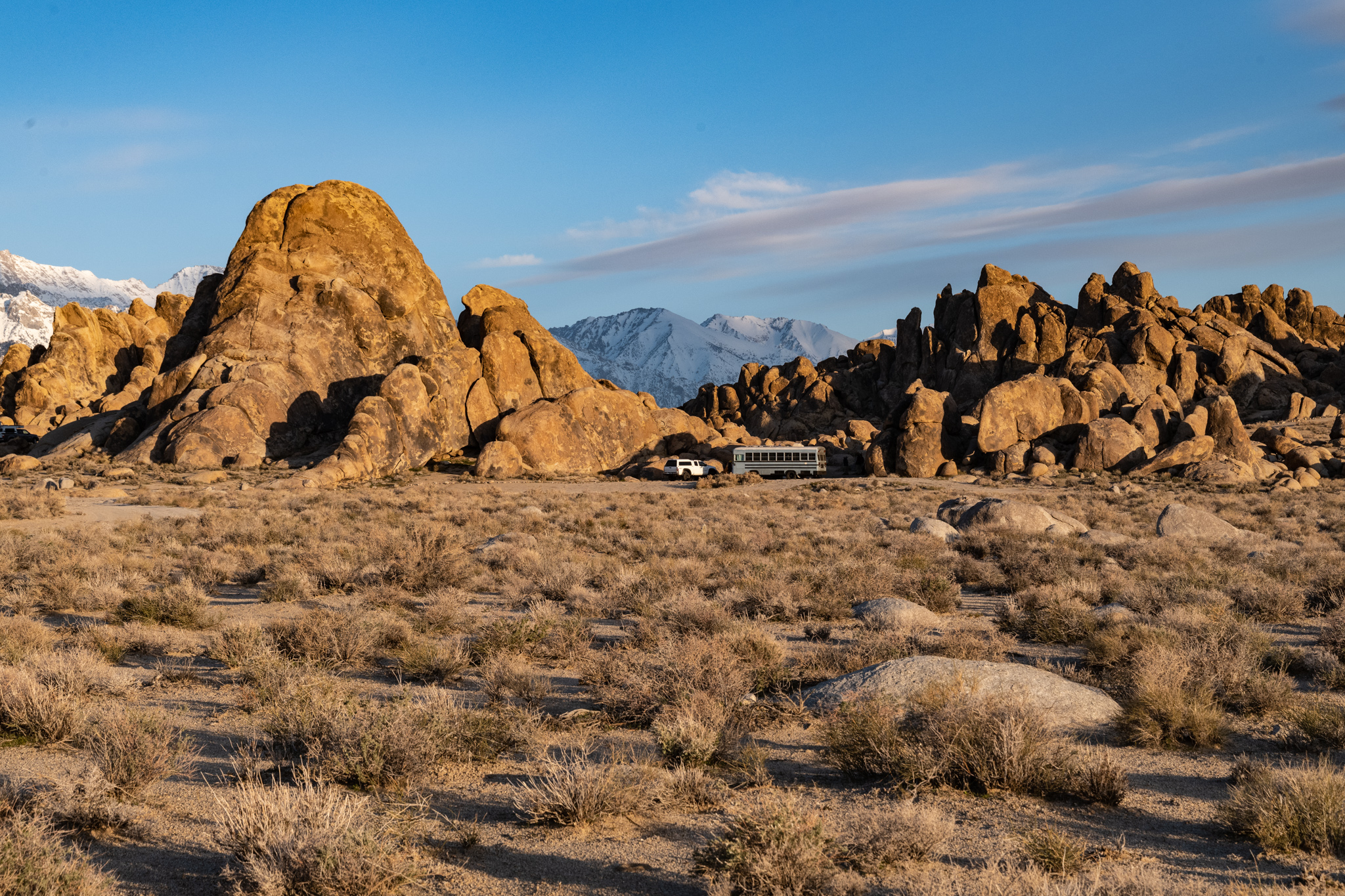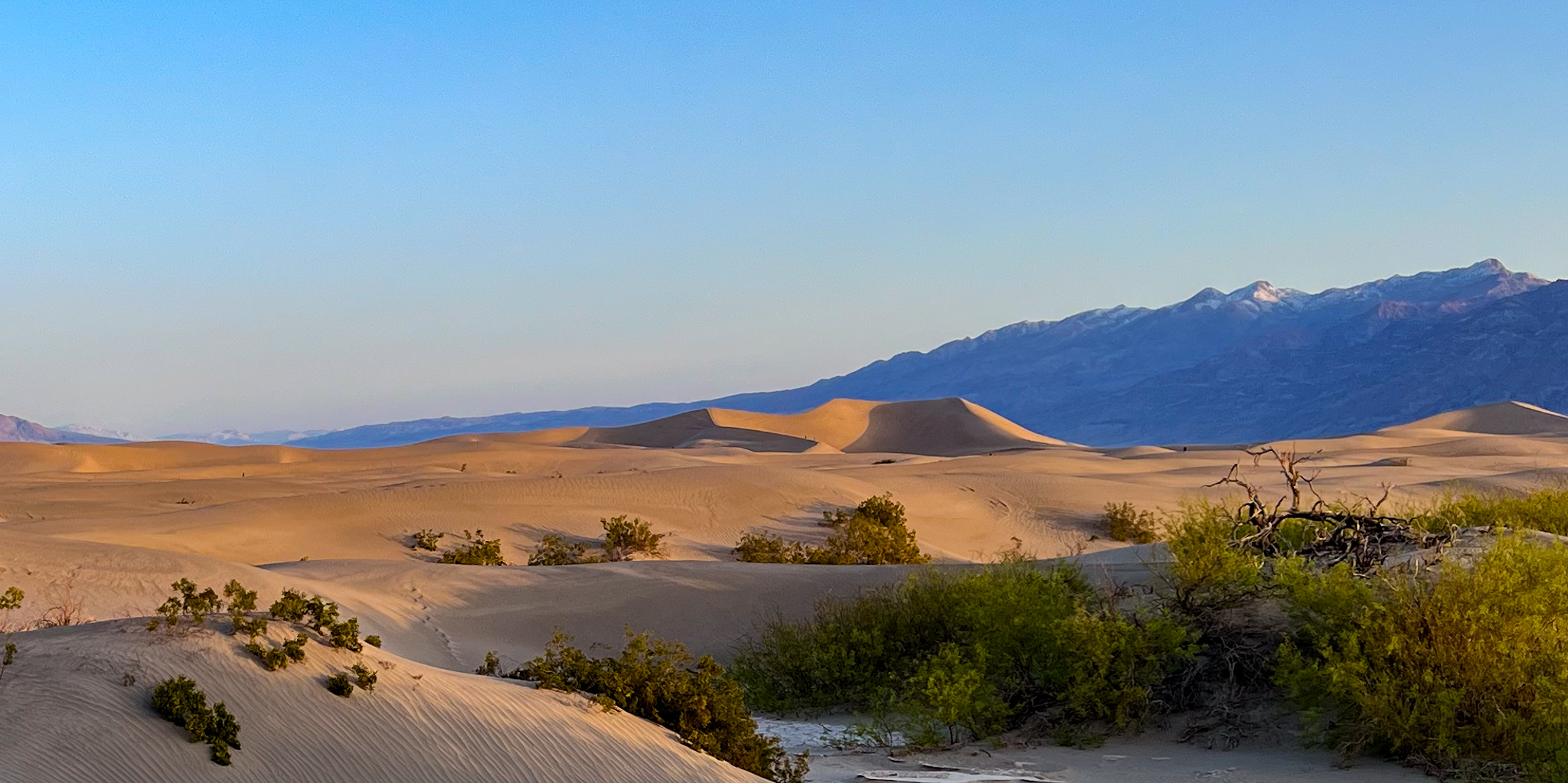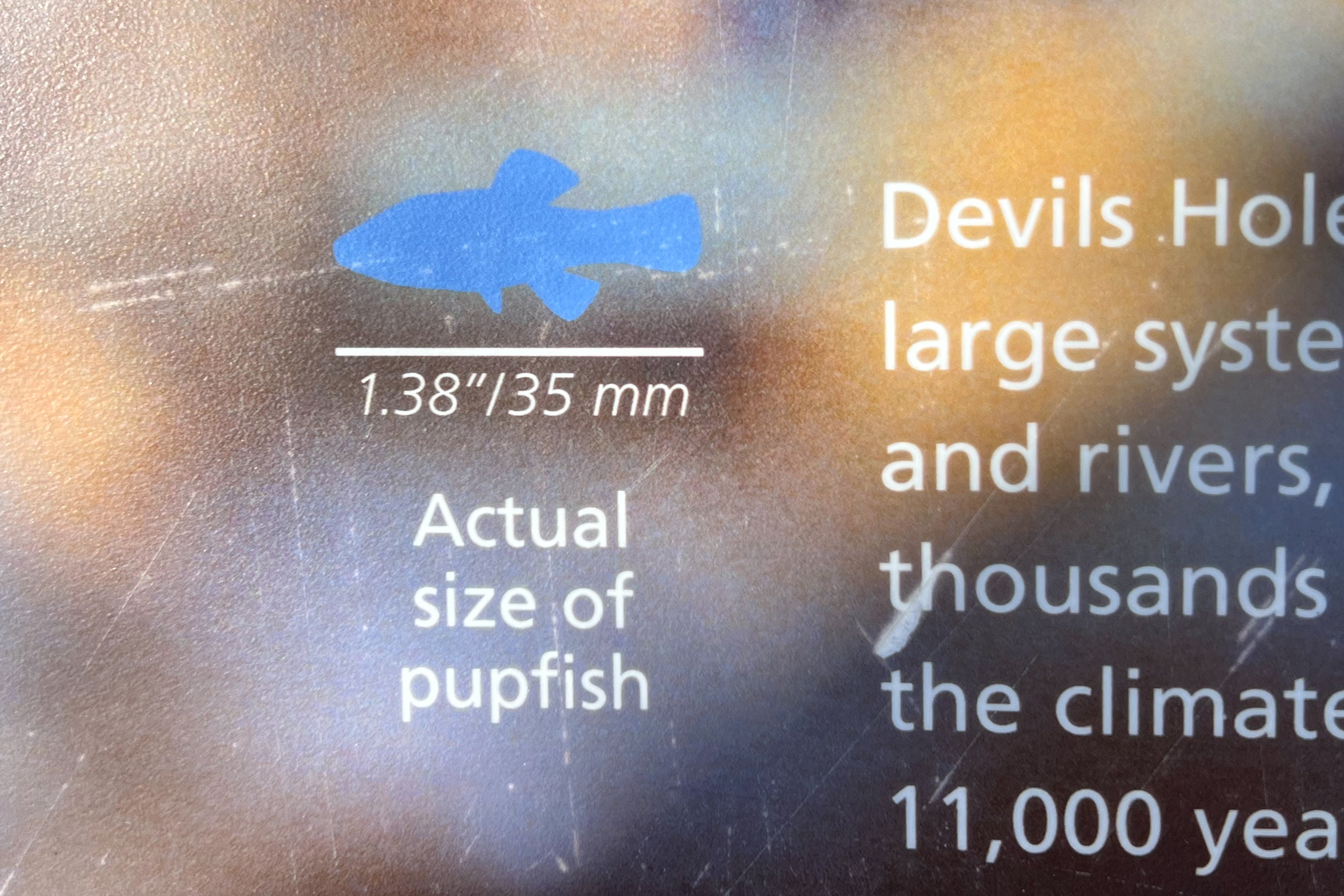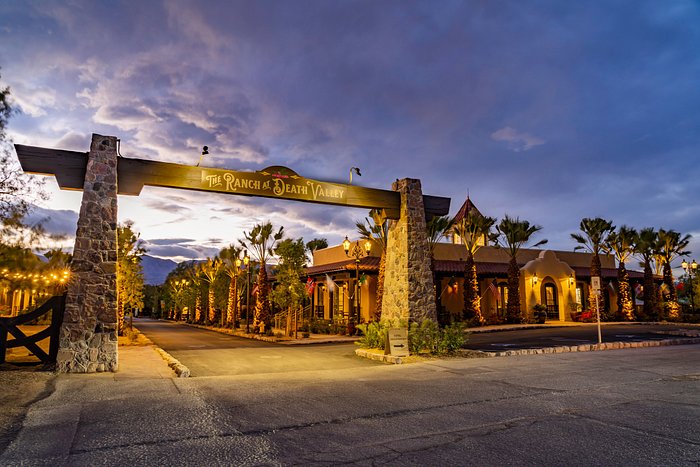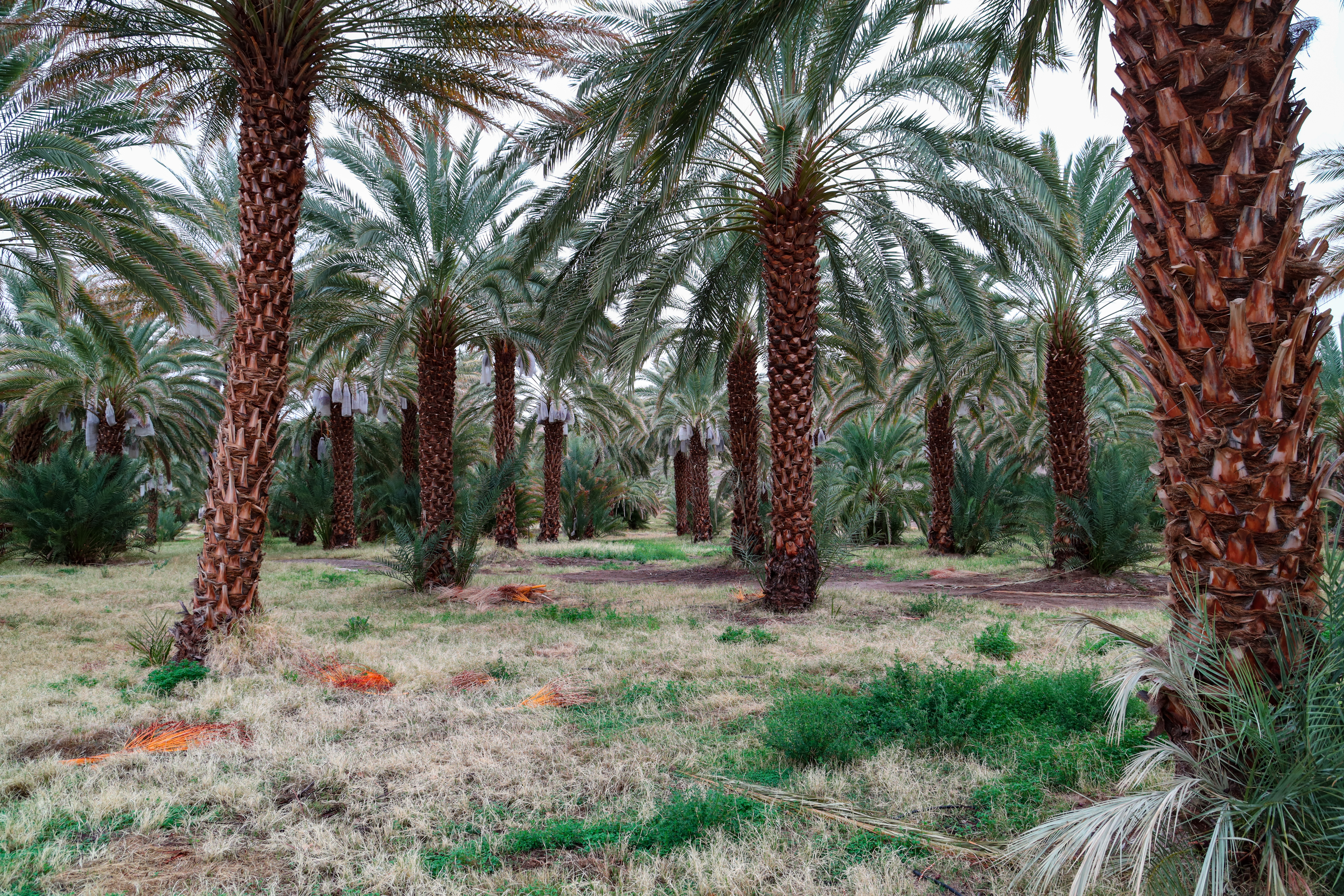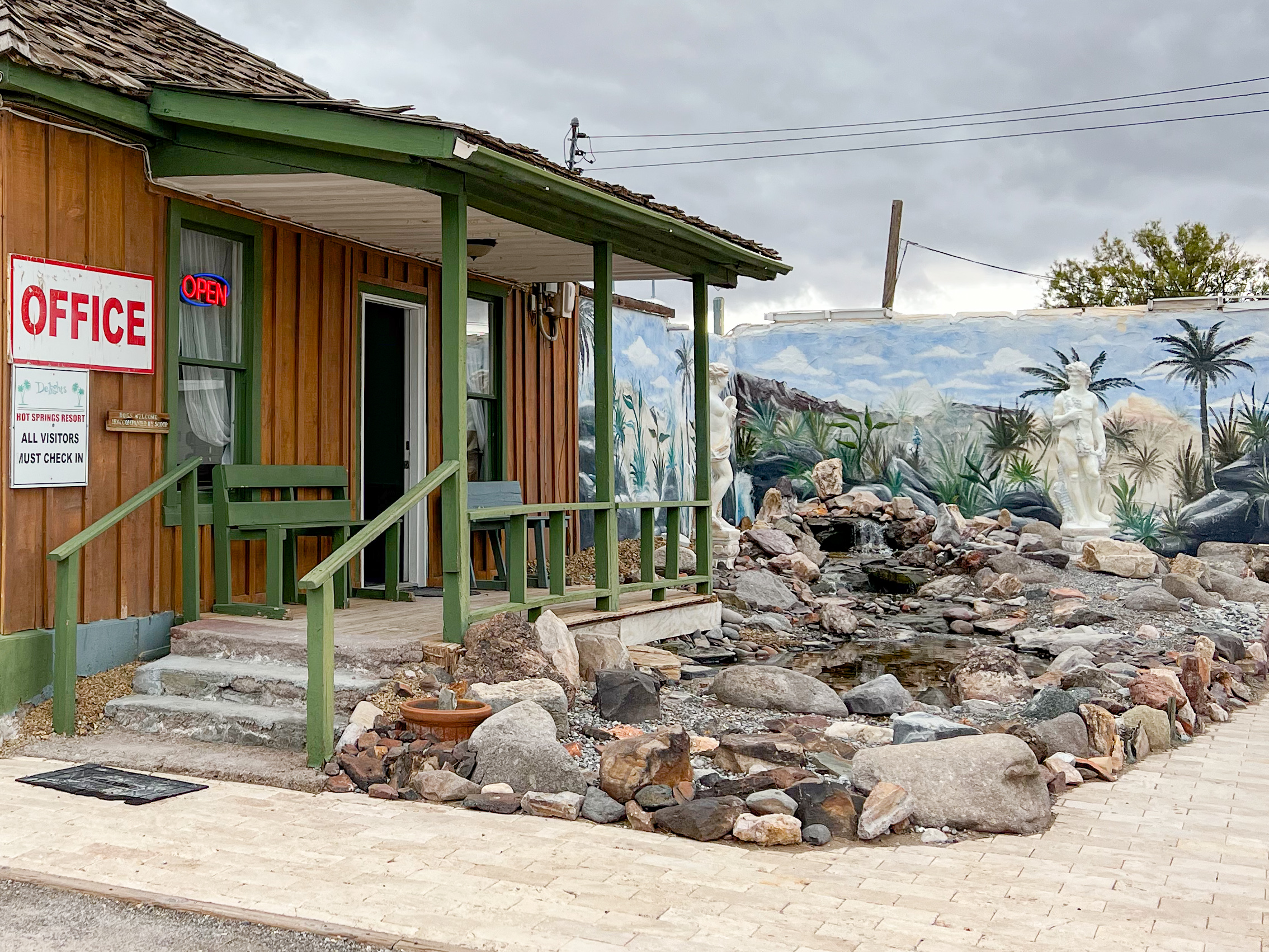I remembered the excitement at the 2017 eclipse site, of various groups gathered in the campground, enjoying the spirit around the campfires. One of the groups was from an astronomy club, and they had made special eclipse event t-shirts for their members to wear with pride and distinction. When I expressed how impressed I was with the design, the group leader offered to sell me one. I took him up on it and have worn it frequently since.
Seeing an opportunity to do something similar for our group, I put together a design. It was much simpler than the one I admired in 2017, but it featured one of my photos from that eclipse. It documented the time and place of our eclipse party, and it had a banner declaring “Total Solar Eclipse!”. Rather than making it big and bold, I realized that I could use the dot-matrix font of the name projection cards, which tied in the pinhole projection activity nicely. I further realized that I could represent the full progression of the eclipse by evolving the dots into thin crescents, and then back to full disks. I was eventually satisfied with this design and stopped tweaking it.
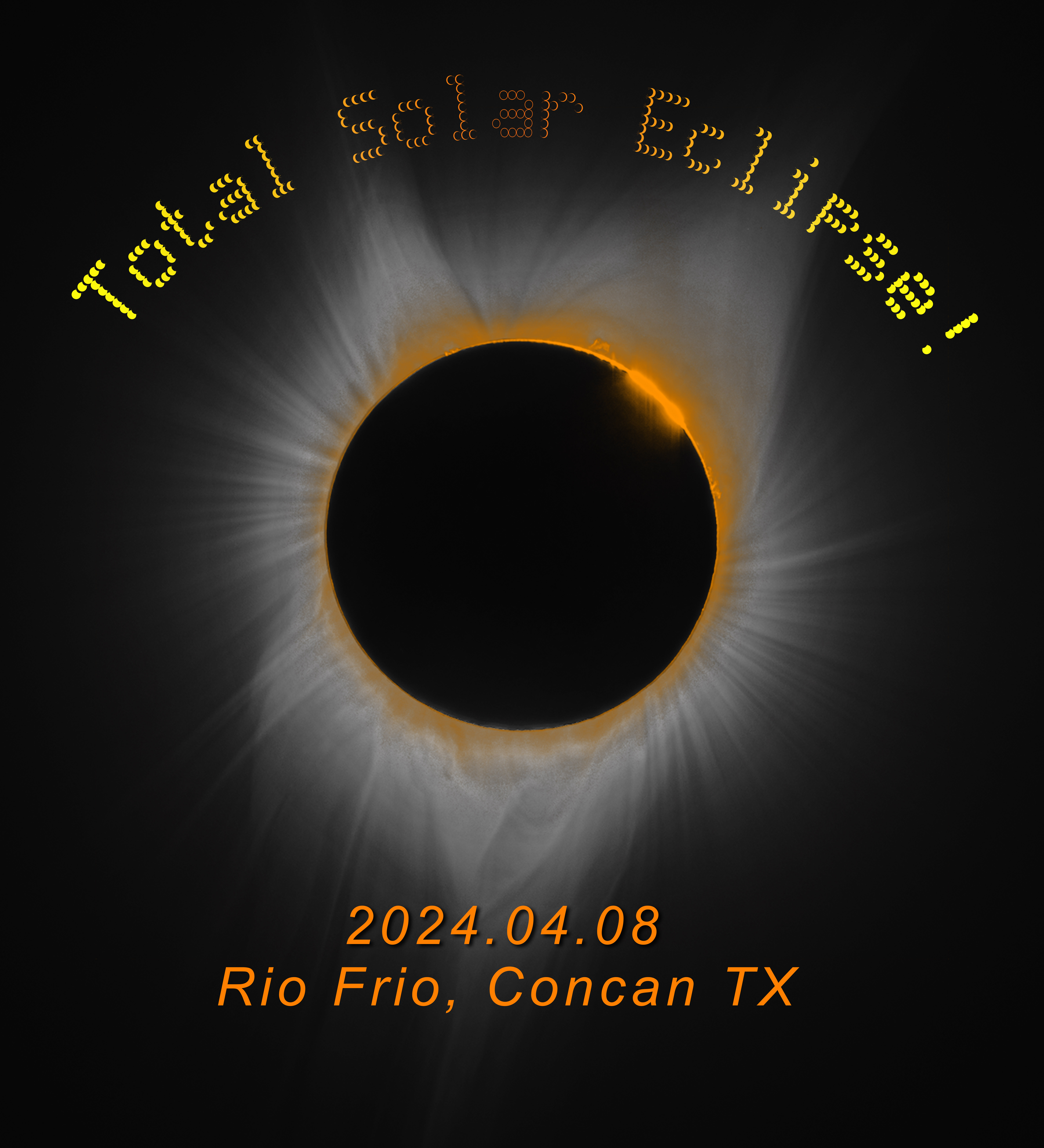
Now I needed to find some way to get it printed onto shirts. I hadn’t ever done a project like this, but with all the zillions of t-shirts one encounters, I figured there must be some businesses that specialize in it. My concern was that my small print run would not be of interest to them—the setup expense would be too high and the margins too small.
Continue reading
